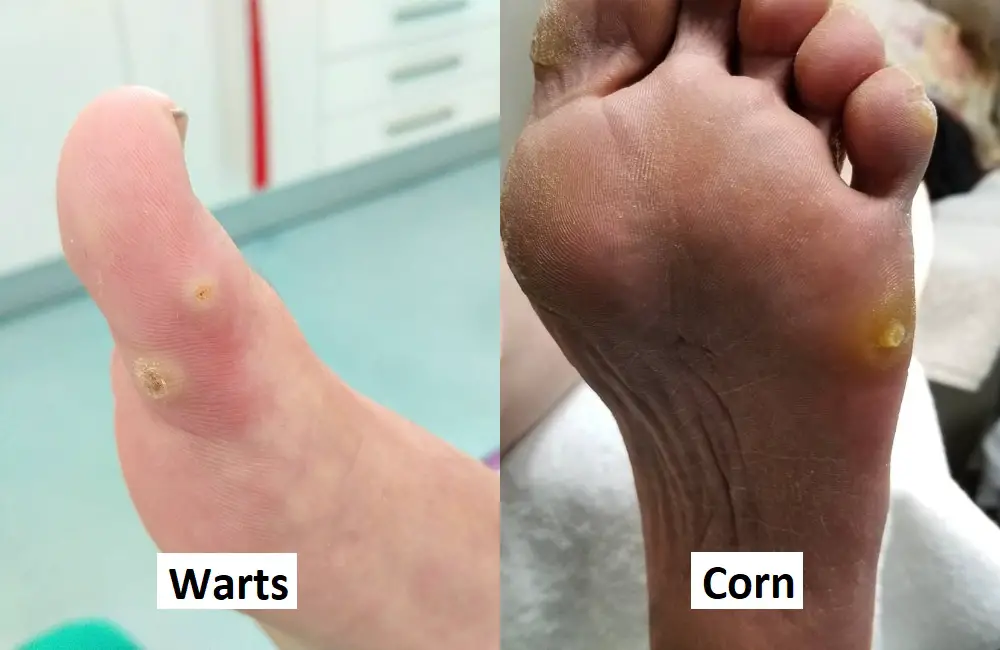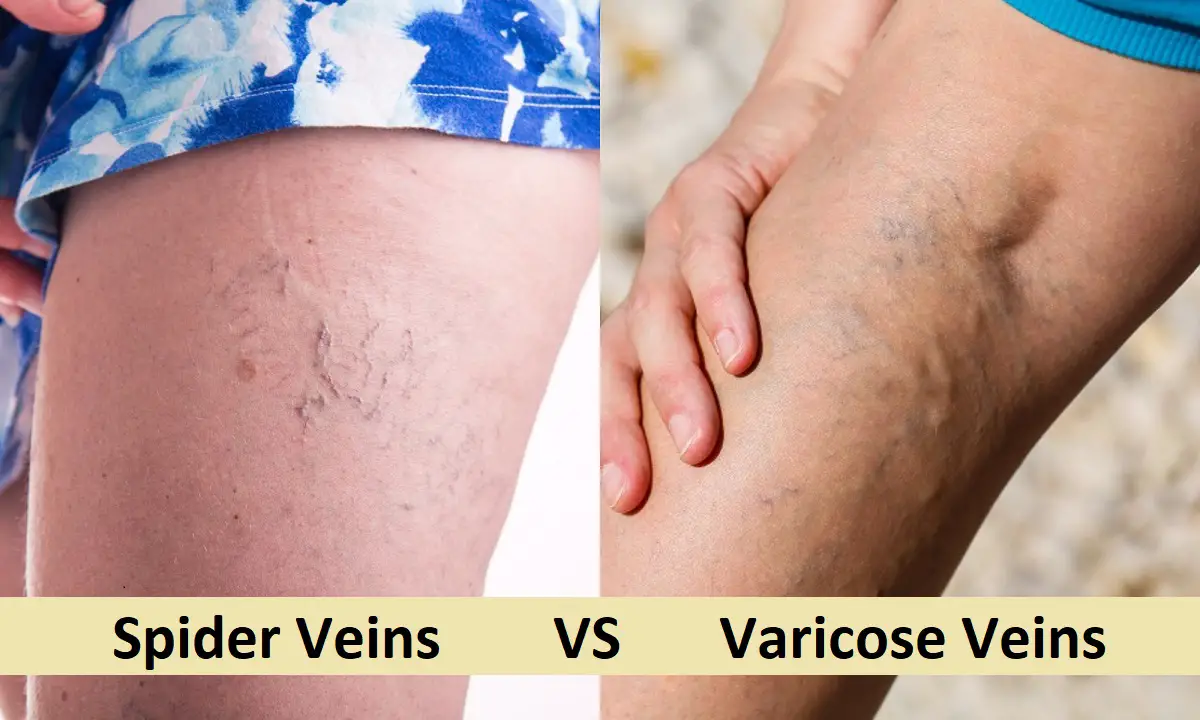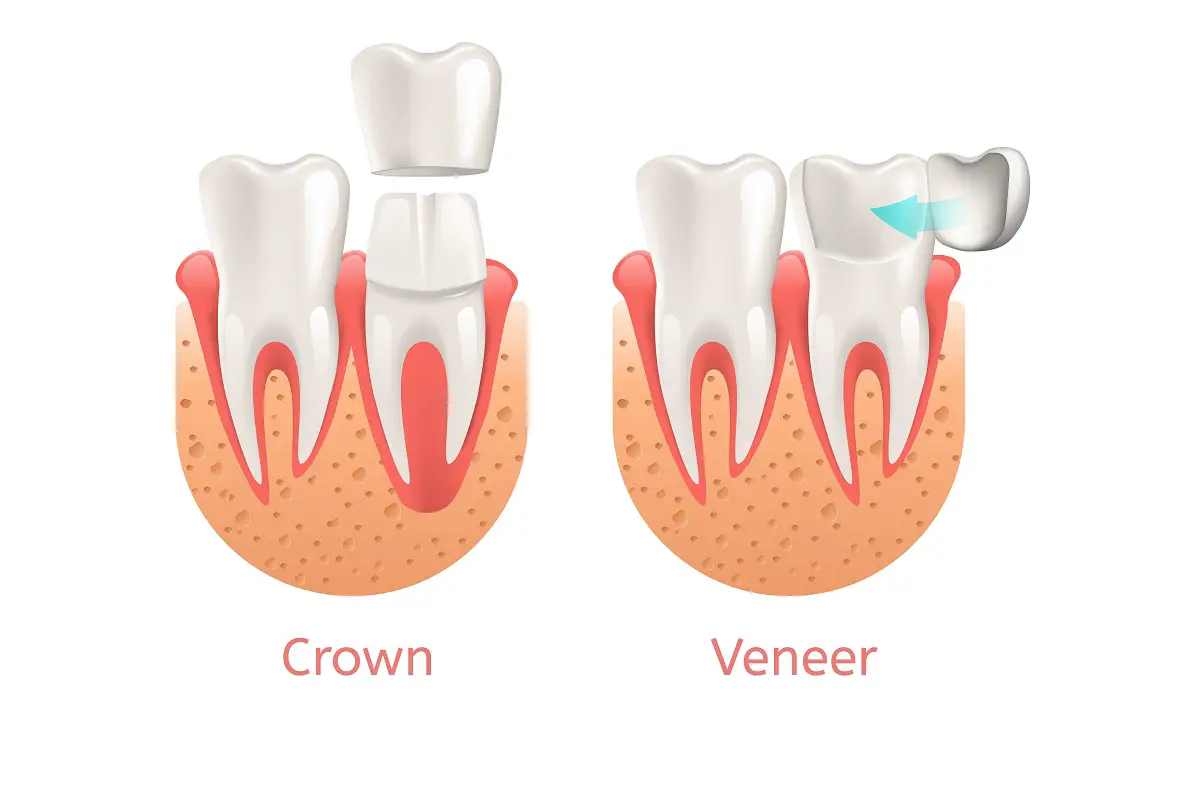Difference Between Corn and Wart
The human body can get confusing sometimes; for example, a bump or a growth might appear on your body; those growths can be two different things – a wart or a corn.
These two odd-looking bumps look so identical that most people, even medical professionals, have difficulties telling them apart. Hence, you are not the only one confused with corn vs wart.
Although a wart and corn may look very similar, it is important to distinguish the two because they have different treatments.
What is a Corn?
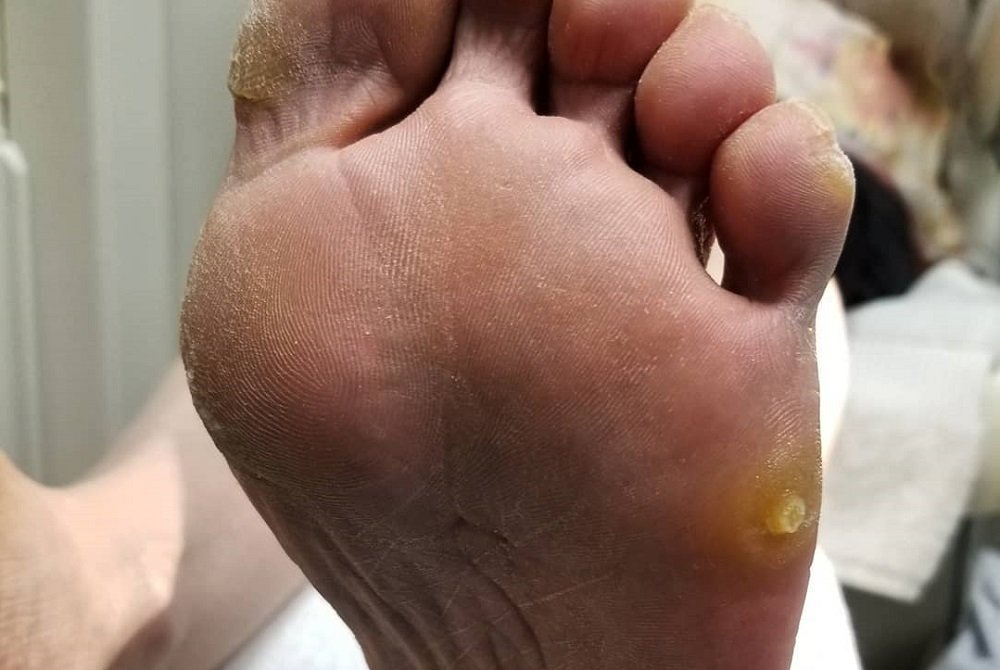
A corn on your skin may often be the result of very high pressure and friction, so corns are commonly developed on feet and even toes, to be more precise. It is essentially a very thick layer of skin and appears to be a tough-looking raised bump coated with dead and dry skin all around it.
An important thing to note about corns is that they are not contagious, so you don’t have to be worried about infecting your household members, and they are not viral.
One of the leading reasons for the development of a corn is the improper fitting of footwear. Both too loose and too tight shoes can cause corns to be formed on your feet.
Very loose shoes cause your feet to move around too much inside the shoe, which results in constant friction, and thus, corn is formed. On the other hand, extremely tight shoes put immense pressure on the skin, which again causes corns to be developed.
What is a Wart?
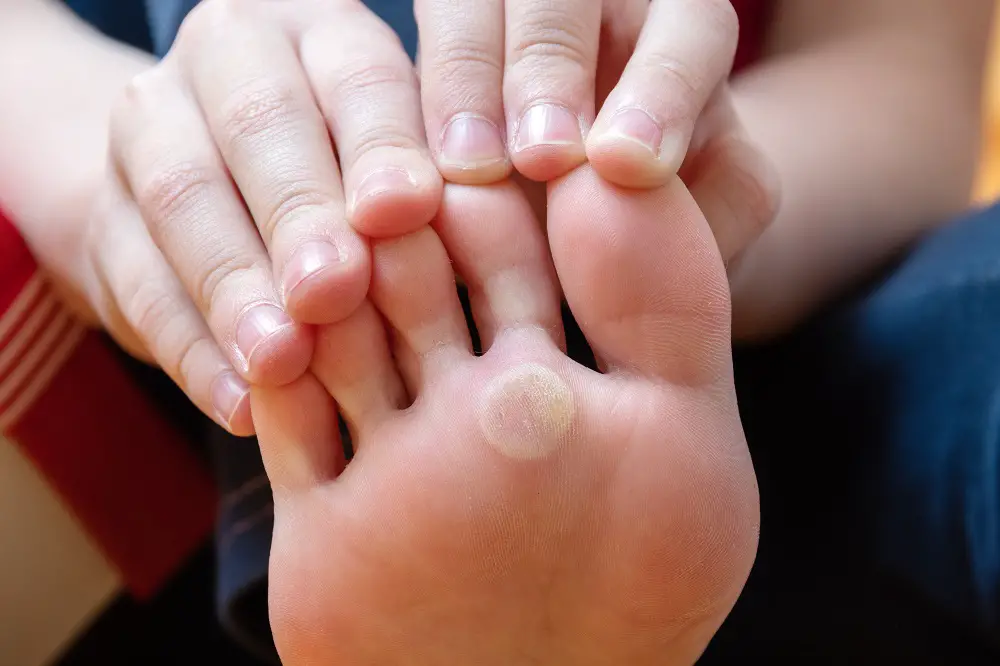
Unlike corns, warts are generally not limited to being formed on your feet and toes. They are most often seen to be developed on hands and fingers, but they can be formed pretty much anywhere on your body.
As mentioned before, warts look very similar to corn, but there are some differences to help you distinguish between them. A wart appears to be a tiny bump with a grainy texture and a color similar to the flesh. In addition to that, black dots are seen to be surrounding them often.
What may come of surprise to many is that warts are contagious. This is because they are formed due to a virus called human papillomavirus, commonly known as HPV. The virus is easily spread as both direct and indirect contact may result in contamination.
If you come into contact with someone carrying HPV, it doesn’t mean you will immediately have a wart start to form on your body. Warts can take some time to grow; in some cases, one might grow a wart six months later to be exposed to the virus.
Although warts can hurt, they do not pose any threat to your health, and as a matter of fact, they disappear slowly on their own.
Psoriasis Vs. Eczema – What Are The Differences?
Main Differences Between a Corn and a Wart
- Warts result from coming into contact with a virus called the human papillomavirus (HPV) whereas Corns are caused by wearing poorly fitted shoes, resulting in constant friction and high pressure.
- When warts are touched, they might hurt a bit, but you will not feel anything unpleasant if a corn on your body is touched.
- Corns are very coarse and rough to touch, while warts are much more tender and have a rather grainy texture.
- Corns look tough and are surrounded by dead and flaky skin, while warts are tiny flesh-colored growths with black dots on them.
- Warts are commonly formed around the area of hands and fingers, whereas Corns are most often seen on people’s feet and toes.
- Since warts are caused by a virus, the affected people may have a weakened immune system, and children are also more prone to developing warts. On the contrary, people of all ages might grow corns since it has nothing to do with the spread of microbes.
- To prevent the formation of warts, you must avoid contact and maintain distance from people who have warts. It is necessary for you not to hug or shake hands with a person with warts since you do not want to get exposed to HPV.
If you want to avoid corns from forming on your feet, you just simply have to wear shoes that perfectly fit you.
Corn vs. Wart: The Comparison Table
|
Parameter of Comparison |
Corn |
Wart |
|
Appearance |
Raised bump with a tough texture and flaky skin surrounding it. |
Small flesh-colored bump with a rough and grainy texture, along with tiny black dots on it. |
|
Leading Cause |
Caused by excess pressure and friction. Often the result of wearing too tight or loose shoes. |
Caused by a virus called the human papillomavirus (HPV). |
|
Area of Development |
Usually formed around the foot and toe area. |
Usually formed around the hands and fingers area, but it can develop anywhere on the human body. |
|
Sensation |
Tough feel and does not hurt. |
Tender feel and hurts when it is touched. |
|
Age of People Affected |
People of all ages |
Children and people with weak immune systems are at the highest risk, but it can affect people of all ages. |
Recommended for You:
Treatments to Getting Rid of a Wart and a Corn
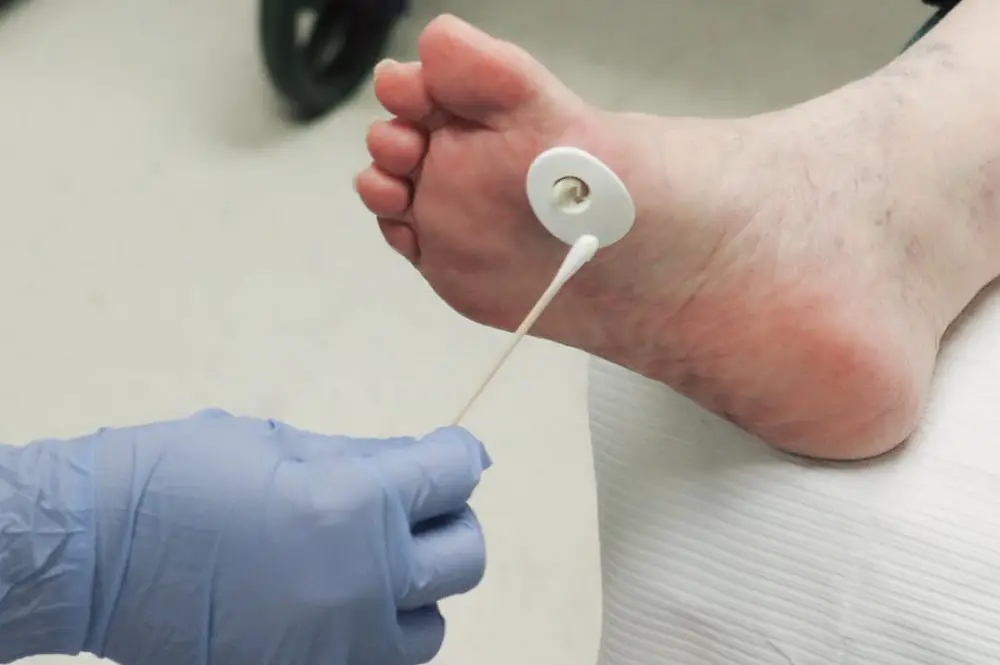
Both Warts and Corns are usually quite harmless and go away by themselves, so you don’t really have to go out of your way to getting rid of them. However, if you can’t tolerate your corn or wart, you certainly have a few options for treating them.
For a wart to go away on its own, it takes from 6 months to up to 2 whole years, so one might find this time too long to wait around. A common treatment is to use wart tape or a patch that is sold as an over-the-counter product.
More extreme treatments include freezing the wart with liquid nitrogen, laser treatment, and small surgery.
The first thing to do while treating a corn is to start wearing properly fitted shoes to avoid pressure and friction on your feet. You will rarely have to go to a clinic to treat a corn as home remedies usually suffice.
Apply moisturizer on the corn to remove the dry skin and submerge your feet into a tub of hot water to soften the corn. After that, you can file the corn using something like a pumice stone.
Conclusion
Despite their uncanny similarities in appearance, warts and corns are two entirely different things as explained in detail by this plantar wart vs corn article.
We hope you benefitted from the information we have provided you with and can carefully deal with growth or a bump you or someone you know may have.
If you have any further questions regarding this topic, drop them in the comments section below!
